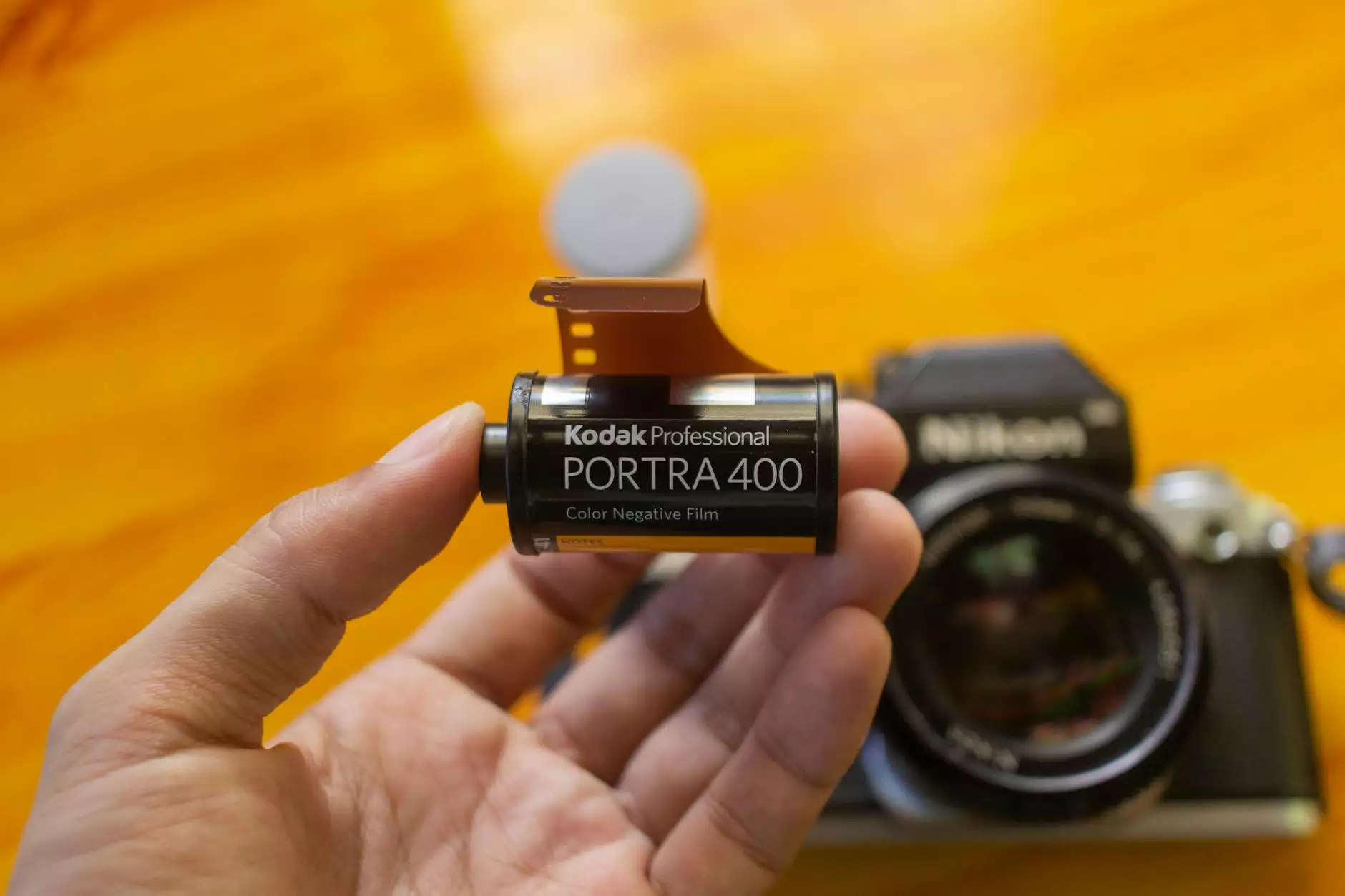Bilateral Hysterosalpingo Oophorectomy: Understanding the Procedure and Its Benefits

The term bilateral hysterosalpingo oophorectomy may seem daunting, but understanding this surgical procedure can empower patients and guide them through necessary medical decisions. This article delves into the essentials of this operation, its purposes, the recovery process, and the long-term health considerations involved.
What is Bilateral Hysterosalpingo Oophorectomy?
Bilateral hysterosalpingo oophorectomy is a surgical procedure that entails the removal of both ovaries, both fallopian tubes, and the uterus. This procedure is often recommended for women suffering from certain medical conditions and can be crucial in the management of women's reproductive health.
Reasons for the Procedure
There are several reasons a healthcare provider might recommend a bilateral hysterosalpingo oophorectomy:
- Endometriosis: This painful condition, where tissue similar to the lining of the uterus grows outside it, can necessitate this surgery when less invasive treatments fail.
- Ovarian or Uterine Cancer: Patients diagnosed with cancer may need this procedure to eliminate cancerous tissues and reduce the risk of further spread.
- Uterine Fibroids: Large fibroids can cause significant discomfort, and removal may be needed if other treatments are ineffective.
- Genetic Predisposition: Women with a strong family history of breast or ovarian cancer might opt for this procedure as a preventive measure.
- Chronic Pelvic Pain: If other treatments do not alleviate chronic pain associated with reproductive organs, this surgery could be recommended.
The Surgical Process
The surgical procedure involves several significant steps and requires a medical team comprised of qualified surgeons and anesthetists:
- Preparation: Prior to surgery, patients undergo several assessments, including imaging tests, blood tests, and a review of medical history.
- Anesthesia: Patients are placed under general anesthesia to ensure comfort throughout the procedure.
- Incisions: A surgeon may use either an open surgery technique with larger incisions or a minimally invasive laparoscopic technique with smaller incisions.
- Removal of Organs: The surgeon carefully detaches and removes the ovaries, fallopian tubes, and uterus.
- Closure: After the organs are removed, the surgeon closes the incisions. This may involve stitches or staples.
Recovery After Bilateral Hysterosalpingo Oophorectomy
The recovery period following a bilateral hysterosalpingo oophorectomy can vary significantly based on the surgical technique used and patient health:
- Hospital Stay: Patients may stay in the hospital for 1 to 3 days, depending on their condition following surgery.
- Initial Recovery: Recovery typically involves pain management, rest, and gradual reintroduction of physical activity.
- Follow-up Appointments: Regular check-ups with the healthcare provider are crucial to monitor healing and address any complications.
Benefits of Bilateral Hysterosalpingo Oophorectomy
While the decision to undergo a bilateral hysterosalpingo oophorectomy can understandably be daunting, the procedure has several potential benefits:
- Elimination of Pain: For patients suffering from chronic pain due to conditions like endometriosis or fibroids, this surgery may provide significant relief.
- Cancer Prevention: This procedure can significantly lower the risk of certain cancers in women with a high genetic predisposition.
- Improved Quality of Life: Patients often report a better quality of life post-surgery, free from the symptoms that plagued them prior to the procedure.
- Psychological Well-Being: Knowing one has taken steps to manage their health can alleviate anxiety and improve mental health.
Potential Risks and Complications
As with any major surgery, complications can arise. Understanding these potential risks is vital for informed decision-making:
- Infection: Surgical sites can become infected, requiring additional treatment.
- Blood Clots: Patients are at increased risk for blood clots, especially in the legs.
- Hormonal Changes: The removal of ovaries leads to changes in hormone levels, potentially resulting in menopause-related symptoms.
- Psychological Impact: The emotional ramifications post-surgery can vary; discussing with a healthcare provider is important.
Long-Term Health Considerations
Patients who undergo bilateral hysterosalpingo oophorectomy should engage in ongoing discussions with their healthcare providers about long-term health implications:
- Hormone Replacement Therapy (HRT): Some women may consider HRT to manage symptoms of menopause post-surgery.
- Regular Health Checkups: Consistent monitoring of health post-surgery is crucial for catching any potential medical issues early.
- Healthy Lifestyle Choices: Maintaining a balanced diet and regular exercise can mitigate health risks associated with hormone changes.
Support and Resources
Support from healthcare experts and community resources can be invaluable during recovery:
- Healthcare Professionals: Consulting with obstetricians and gynecologists can provide tailored advice and care.
- Support Groups: Engaging with support groups can foster a sense of community and provide encouragement.
- Online Resources: Websites, forums, and literature about women's health can equip patients with essential knowledge.
Conclusion
Bilateral hysterosalpingo oophorectomy is a significant surgical intervention that can transform a patient's health and quality of life. Understanding the reasons for the surgery, the procedure itself, the recovery journey, and the potential benefits and risks can empower women to make informed decisions about their reproductive health. If you or someone you know is facing this situation, seeking guidance from a trusted healthcare provider is a vital step toward a healthier future.
For more information and professional guidance, consider visiting drseckin.com, where dedicated professionals can assist you in navigating your health journey.









